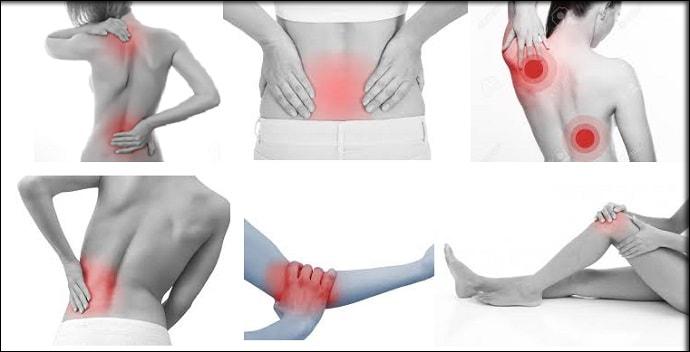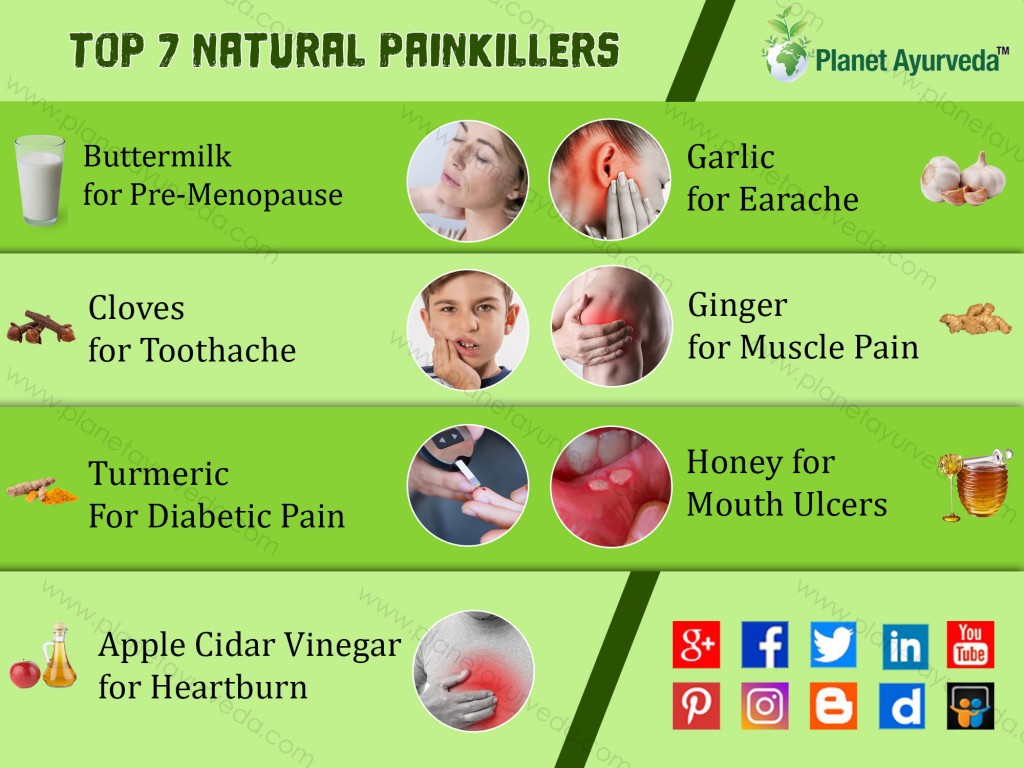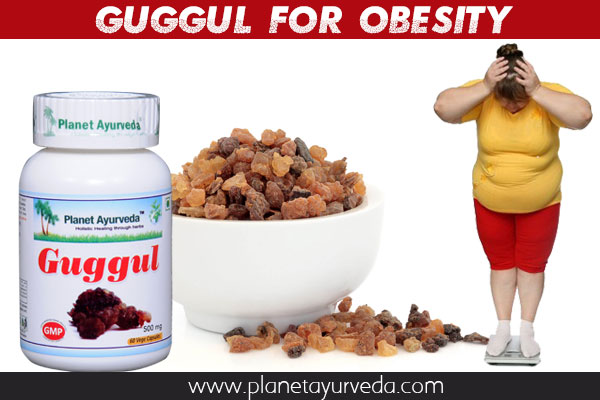Top 7 Pain Relieving Remedies in Ayurveda Without Aspirin
Painkillers or analgesics are one of most widely categories of medicines. Analgesics are used at every instance, either it is traumatic or other complications. These are used for a variety of health conditions such as joints pain, migraine, arthritis, stomach pain, toothache etc.
As per modern classification, there are two categories of analgesics:
- Narcotics
- Non-narcotics
The basic principle of these painkillers is that they break the message transmitted from the affected part to the brain through neurons. Analgesics either break the pain signals arriving from the body parts to the brain or interrupt the brain to receive the message by neurons transmitting the pain signals. The side effects of these analgesics are obvious such as nausea, diarrhoea, pruritus (itching sensation), tenderness, jaundice and severe pain in the right upper quarter of the abdomen.
It has been proved in the research that the treatment with a product containing diclofenac sodium as topical applicants is linked with liver dysfunction, resulting in severe hepatic reactions, liver transplantation or even death.
Management of Pain according to Ayurveda
- Ayurvedic approach to pain is holistic and looks to place the root cause of the disease, in contrast to simply dealing with the symptoms only.
- The classical Ayurvedic text specifies about the species of plants that are used for muscularity relaxants and for other pain management.
- Ayurveda uses single drug or multiple drug mixtures of herbs as well as mineral compounds for relieving pain.
Ayurveda Categorises The Painkillers into 3 Groups
- Local Analgesics
- Central Analgesics
- Body-ache medications
Local Analgesic : These analgesics are topically applied to a particular part of the body and include paste preparations such as Belladonna.
Central Analgesics : These analgesics are more powerful than local analgesics and sometimes are combined with strict dietetic restrictions such as Dhatura.
Body-ache Medications : These analgesics are used in Ayurvedic practice to fight against stress and fatigue. There are more than 100 plants in Ayurveda that are recognised to have pain relieving properties such as Patala and Balam.
Various Herbs and Plants Described in Ayurveda as Natural Painkillers are
Garlic for Earache:
- Garlic has been traditionally used in rural India for earache.
- Garlic contains certain active ingredients such as sulphur, selenium and germanium which have positive physiological effects on pain.
How to use: Pour 2 drops of warm garlic oil into the affected ear for 7-10 days until it is completely cured.
Honey for Mouth Ulcers:
- As a part of lifestyle, Ayurveda suggests honey gargle for mouth sores.
- It is recommended for better voice, improved speech and to prevent all types of infections and inflammation.
- It is very effective in decreasing painfulness and heals the tissues as well.
Vinegar for Acid Reflux and Heartburn:
- In a research, it was concluded that there are good results of vinegar in heart burn and acid reflux particularly the Apple cider vinegar.
How to use: Take 30 ml vinegar mixed with water after a heavy meal to make digestion and metabolism smoother.
Clove for Toothache Relief:
- Cloves have been used by Indians since thousands of years. It contains eugenol which works as anaesthetic and has anti-bacterial effects.
- It has also been reported that the consumption of 2 gm clove powder improves the cholesterol level and maintains pH in the gastro-intestinal tract that in turn avoids all kinds of oral infections.
How to use: Apply clove oil to the affected tooth or chew 1-2 cloves.
Ginger Root for Muscle Pain:
- Ginger has positive effects on reducing swelling and stiffness as well. The main element of ginger is Gingerols that is effective in treating muscular pain.
How to use: Include 5 gm fresh ginger or 2 gm dried ginger as a part of your diet to prevent muscular and joint pains.
Treatment of Diabetic Pain with Turmeric:
- Ayurveda suggests the use of turmeric as a part of diet to avoid the problems of diabetes as well as pain associated with it. It is considered as one of the most effective natural pain relievers known to exist and also possesses anti-inflammatory properties. It contains curcumin as an active ingredient which is responsible for its properties.
- Turmeric decreases the pain and irritation experienced by patients suffering from arthritis, fibromyalgia, IBS, arthritis due to its anti-inflammatory properties.
Buttermilk for Pre-Menopause:
- Ayurveda suggests buttermilk for pre and post-menopausal syndromes as well as for menstrual pain. It is also effective in curing vaginal infections as well as itching. It is also effective in curing yeast infection. It is quite favourable in treating gynaecological conditions.
How to use: Take a plain glass of buttermilk with cumin seeds. You can buttermilk twice or thrice a day. The calcium content in buttermilk dispassionate the physical and psychological irritability associated with PMS.
Cherries:
- Cherries are packed with certain anti-oxidants known as anthocyanins which are responsible for giving them red colour and for relieving pain.
- Research has indicated that anthocyanins, an active element in cherries is ten times more beneficial in lowering pain than common painkillers such as Ibuprofen without causing any side effects.
Epsom Salt Bath for Leg Pain:
- Epsom salt that is rich in magnesium, is an excellent pain reliever. This remedy is also helpful for patients suffering from arthritis as it soothes leg pain. Salt also possesses anti-bacterial and anti-inflammatory properties which makes it effective in relieving pain. Regular soaking of infected parts in warm salt water acts better than topical painkillers and antibiotics.
Massage/Snehana:
- In the world of Ayurveda, oil massage or sneham is considered as a very rewarding therapy for treating pain and other ailments. It pacifies Vata, mobilises the toxins, maximises circulation and therefore relaxes the overall body.
Cumin:
- Cumin is an aromatic spice and mild pain reliever.
How to use: For stomach pain, make a mixture of 1/3 tablespoon of cumin powder, a pinch of asofaetida and a pinch of rock salt. Mix and chew it thoroughly followed with a drink of warm water




